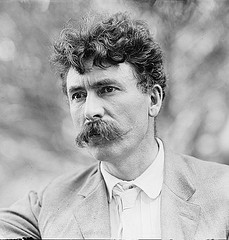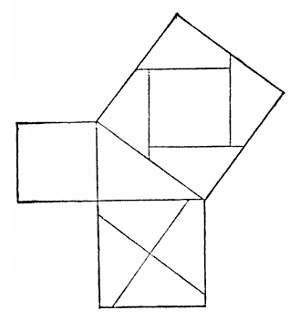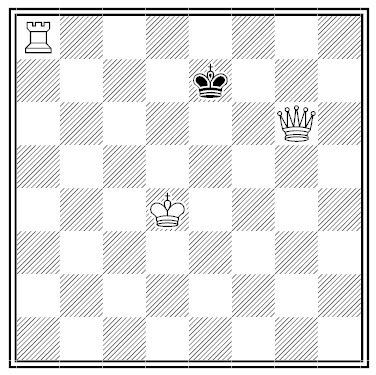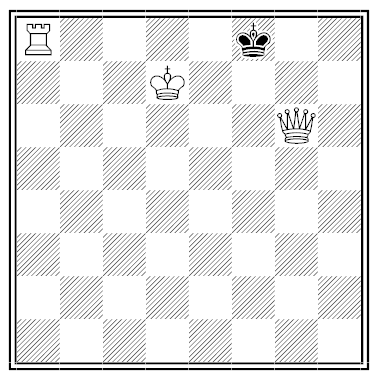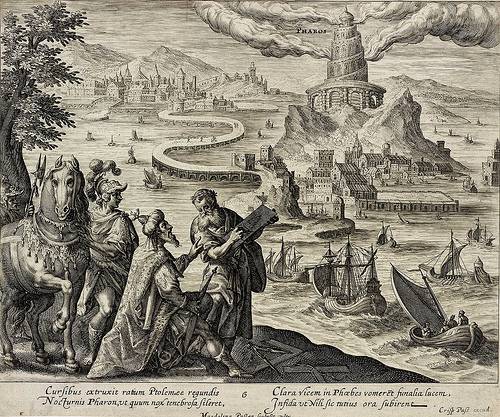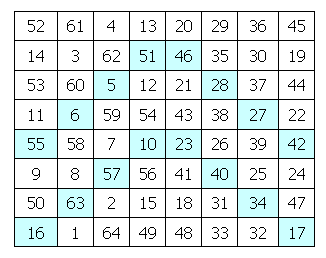
In a 1769 letter, Ben Franklin describes a magic square he devised in his youth. The magic total of 260 can be reached by adding the numbers in each row or column, as in a normal magic square. But “bent rows” (shaded) produce the same total, even when “wrapped across” the border of the table. This works in all four directions.
Further: Half of each row or column sums to half of 260, as does any 2×2 subsquare. And the four corners and the four center squares sum to 260. (Alas, the main diagonals don’t, so this doesn’t strictly qualify as a magic square by the modern definition.)
Interestingly, no one knows how Franklin created the square. Many methods have been devised, but none apparently as quick as his, which he claimed could generate them “as fast as he could write.”


